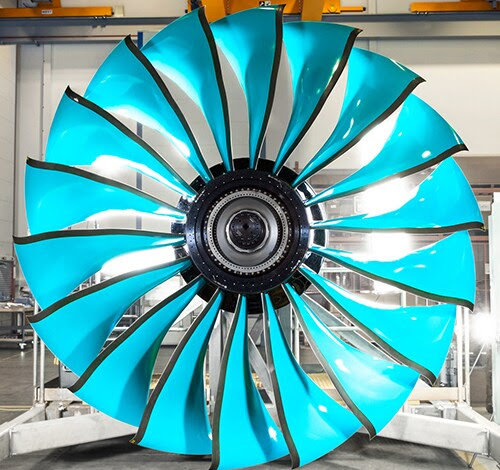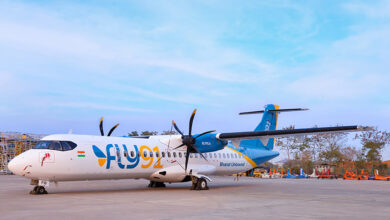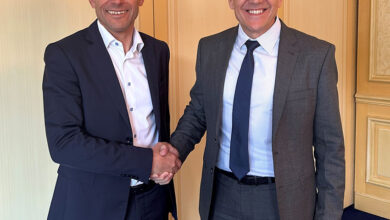One step closer to climate-neutral aviation
 UK, March 1. The aim is clearly defined, and it is nothing less than ambitious – by 2050 Europe wants to become the first continent to reach climate neutrality. Pioneering, low-carbon technologies are key to achieving this goal and to avoiding the worst effects of climate change by limiting global warming to 1.5°C.
UK, March 1. The aim is clearly defined, and it is nothing less than ambitious – by 2050 Europe wants to become the first continent to reach climate neutrality. Pioneering, low-carbon technologies are key to achieving this goal and to avoiding the worst effects of climate change by limiting global warming to 1.5°C.
Achieving net zero will require the transformation of core systems, such as power generation, transport and the built environment, that support our global economy. Together they represent 73% of annual global CO2 emissions in 2020 – and they are also the very sectors in which reducing emissions is hardest.
Land, sea and air transport contribute 23% of global CO₂ emissions
While air travel contributes 3% of emissions today, it is expected to increase in proportion as other transport modes decarbonise faster. Historically transport has mainly been powered by fossil fuels. Alternatives such as hydrogen and electrification are becoming established for land-based transport. For aviation, the challenge lies in moving away from carbon-intensive fuels without overly compromising on connectivity, economy, affordability and practicality.
The good news is that we are exploring and developing technological options that will help to decarbonise the central pillars of our economy. As a major global power group, we will use our capabilities to drive emissions down across these and other economic sectors. In an environment of both policy and public support, we have the potential to pioneer the game-changing technologies to help deliver a net zero carbon future.
Grazia Vittadini, Chief Technology Officer, Rolls-Royce, and our representative at the Clean Aviation Governing board, said: “We are proud to be amongst the founding members of the EU’s Clean Aviation initiative and to collectively drive forward research and development that will make sustainable aviation a reality. We strongly believe technology can be a force for good and that the transition to net zero is both a societal imperative and a great commercial opportunity.”
Decarbonisation of the skies
A central instrument to accelerating climate neutral aviation will be the European Union’s new Public Private Partnership for climate-neutral aviation, the Clean Aviation Joint Undertaking (CAJU). It represents the world’s most ambitious research and innovation agenda for a sustainable aviation sector that contributes to the EU Green Deal and the EU’s Industrial Strategy.
“The Clean Aviation initiative will pull together the best talent and capability from both the private and public sectors to develop cutting-edge technologies, and make them available for a transformational leap in aircraft performance in the 2030s,” says Axel Krein, Executive Director, Clean Aviation. “The work will focus on novel hybrid electric and all-electric regional aircraft, innovative short and medium-range aircraft architectures with highly integrated, ultra-efficient thermal propulsion systems, and disruptive technologies enabling hydrogen-powered flight.”
The initiative will be supported by €1.7 billion worth of public funding, while the private sector will deliver additional financial and in-kind contributions that exceed €2.4 billion. Clean Aviation will build on the achievements of the two successive Clean Sky Joint Undertakings, which have supported research and innovation in sustainable aviation technology since 2008 to significantly reduce CO2, NOx and noise emissions. With the UltraFan® development programme and demonstrators, such as ALPS, ALECSys, Advance3 and our megawatt hybrid-electric PGS1 demonstrator Rolls‑Royce is already intensively involved in research and development programmes funded under the Clean Sky and Clean Aviation initiatives.
Projects kicking-off
Three of the new CAJU projects that are being coordinated by Rolls-Royce Deutschland have now been kicked off at the company’s site in Dahlewitz near Berlin.
The launch events were attended by delegates from the consortia partners and key representatives from the Clean Aviation Joint Undertaking. The launch events provided the opportunity for all partners to share their organisations’ capabilities and roles in the programme, current activities and planned future work. It also highlighted further potential areas of collaboration across the different work packages and other Clean Aviation activities.





